
MEMORIAL HOUSE-MUSEUM OF ANDRII KOTSKA
2017
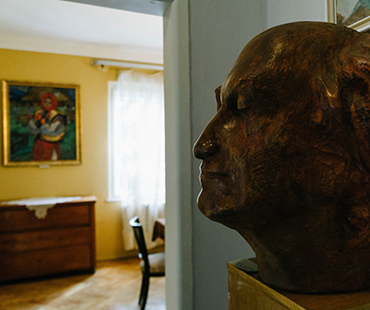
In the cosy part of the old Uzhhorod at 20, Vynychna street, there is a house designed in the style of Czech constructivism. Since 1945 this place had been the first joint creative studio of two prominent Transcarpathian artists – People's Artists of Ukraine Vasyl Svyda (1913 – 1989) and Andrii Kotska (1911 – 1987).
In 1952 Andrii Kotska presented his apartment in the next street to Vasyl Svyda and settled down with his family in this wonderful house-museum where he lived and worked until his death in 1987. Memorial museum building opened its doors to visitors in May 1990. The artist’s sister – Hanna Kotska, presented all furniture together with the library, archive, personal belongings and masterpieces of the artist to the Museum.
The thickly twined with vine building consists of six rooms on the first and ground floors. The memorial living room, memorial studio and painter's garden are open for visitors now. The biographical section of the house-museum is in the living room; it reveals the life as well as creative path of the artist. Its interior takes the visitors far back to the '30-'40s of XX century – the period when Andrii Kotska had been becoming an artist. He graduated from Uzhhorod Seminary and afterwards from Public School of Painting named after A. Erdeli and Y. Bokshai, joined the Union of Artists of Carpathian Ruthenia, took active part in art exhibitions. From October 1940 until September 1942, getting a special scholarship, the artist spent in Rome, where he studied at the Academy of Fine Arts, and subsequently took courses in drawing at the Academy of St. Luke. Cosy room, along with furniture, utensils, and everything that surrounded the artist in his lifetime, gives the opportunity to imagine the artist’s life of that time. The artist's studio is a spacious room, which has the access to the back porch and beautiful garden. It is the very room where the beautiful masterpieces of Kotska were created.
The artist was not only a virtuoso of the brush, he also played the violin, spoke several foreign languages, read a lot, collected pottery, he made the frames and under-frames to his pictures himself. Andrii Kotska was too much upon himself and his creativity. Having created a new painting, he every time looked into it for a long time – captiously and critically. If he decided that the work failed, he laid it in a pile, even without signing. Here, in the studio one can find the easel with unfinished painting of the master, the clock that stopped on the same day when the artist died, the violin in its case, the wooden machine for making frames, the huge shelf with books in many languages. A real adornment of the house-museum is small but well-located picturesque garden, where lots of fruit trees and bushes, as well as rare ornamental species of European and local flora grow.
Especially valuable is the art part of the memorial house-museum, which consists of several hundred paintings and about three thousand graphic works and sketches of the artist. However, due to lack of exhibition space and memorial format of the place, only a small part of the creative heritage of the artist is available to visitors.
© MEMORIAL HOUSE-MUSEUM OF ANDRII KOTSKA
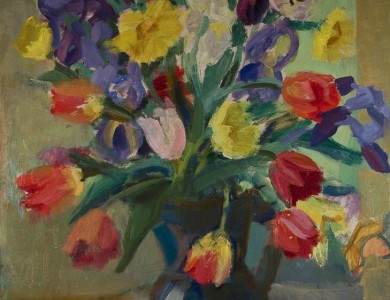

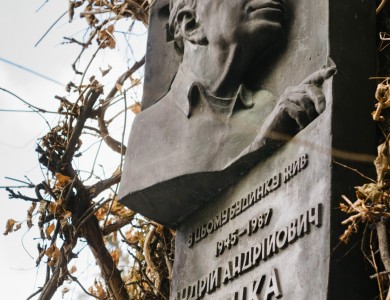
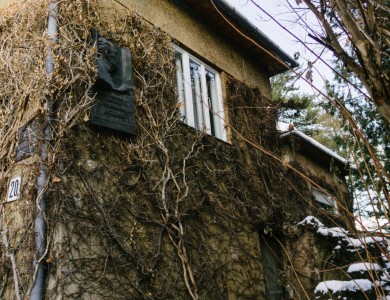
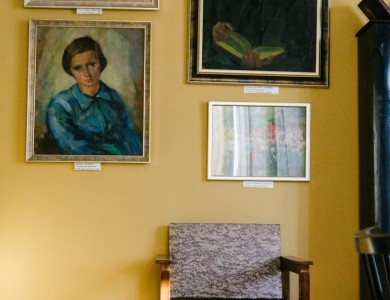


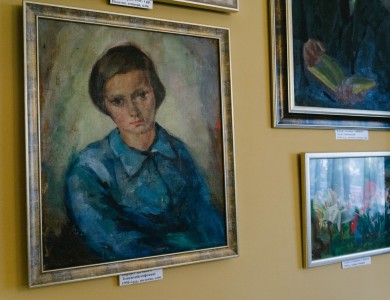


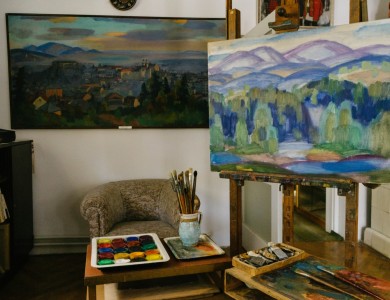

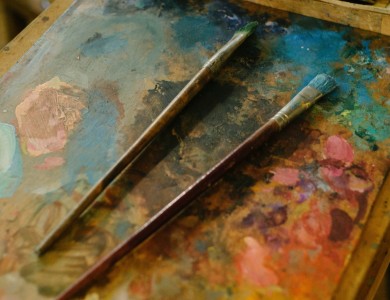
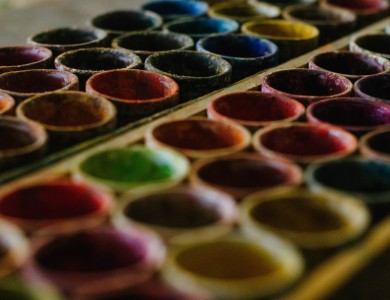

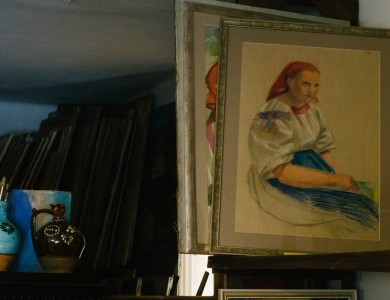
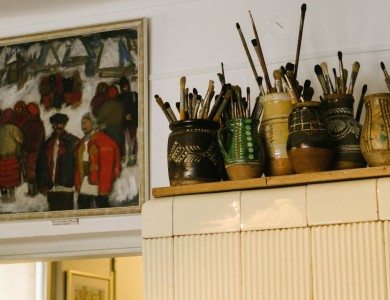
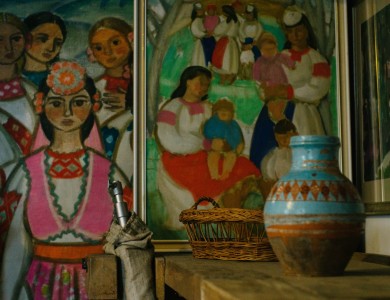
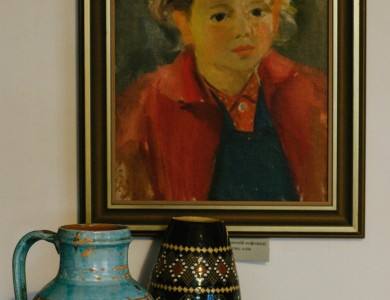
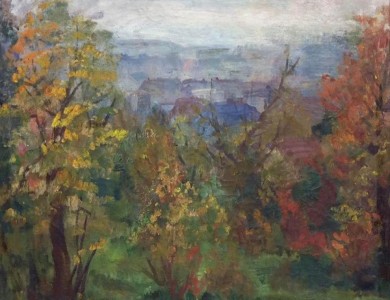

© MEMORIAL HOUSE-MUSEUM OF ANDRII KOTSKA
